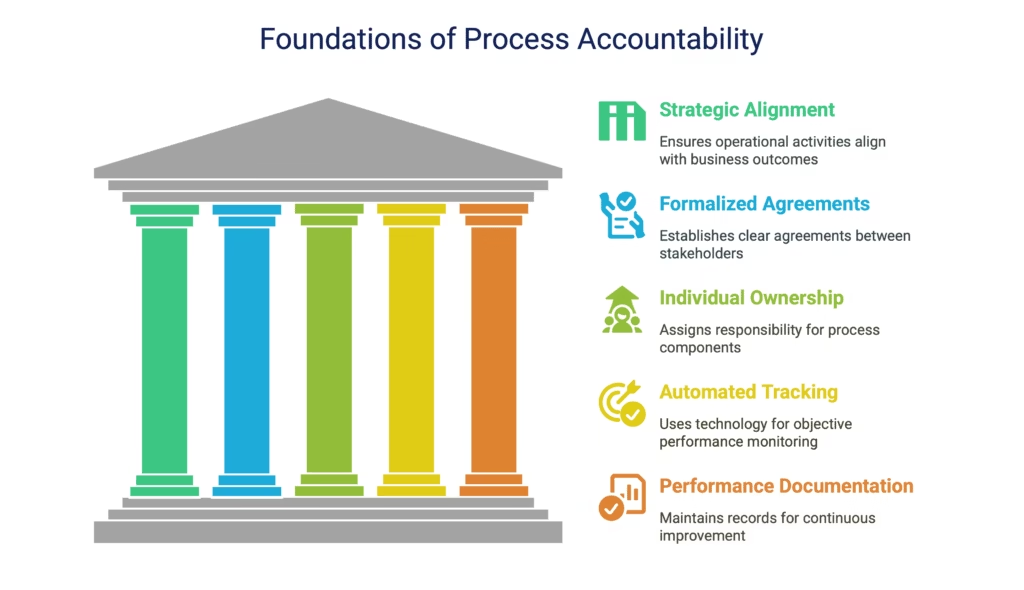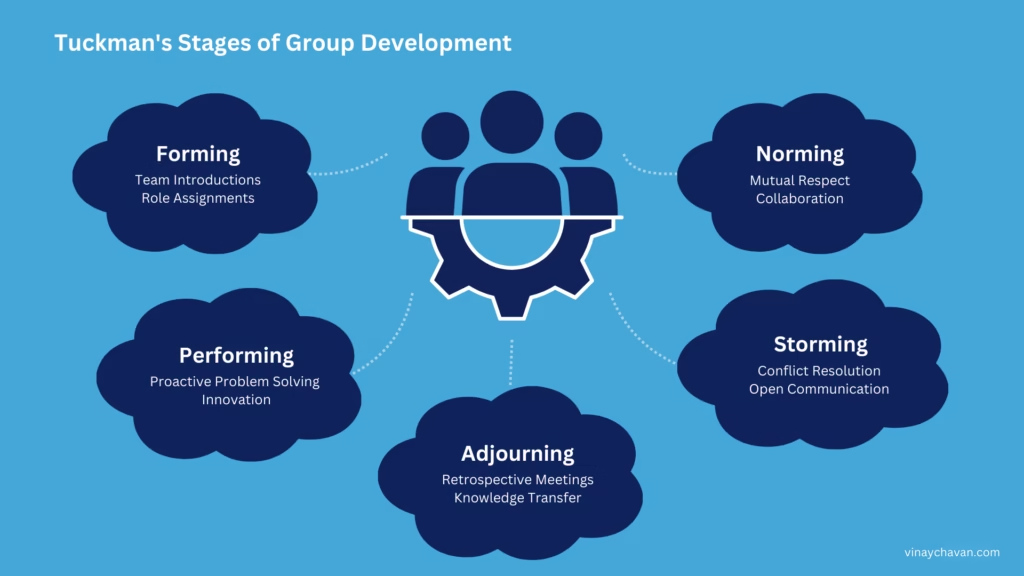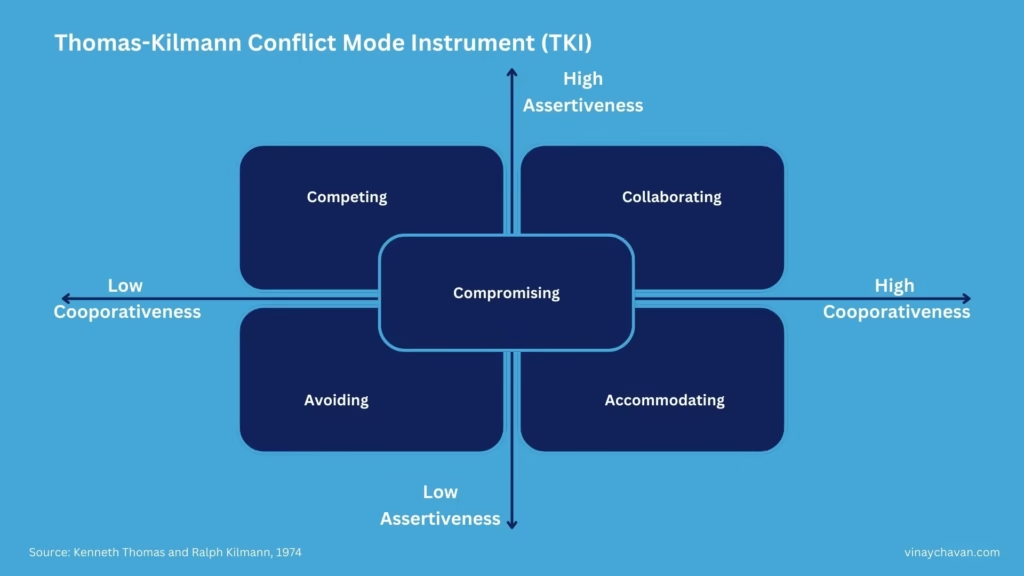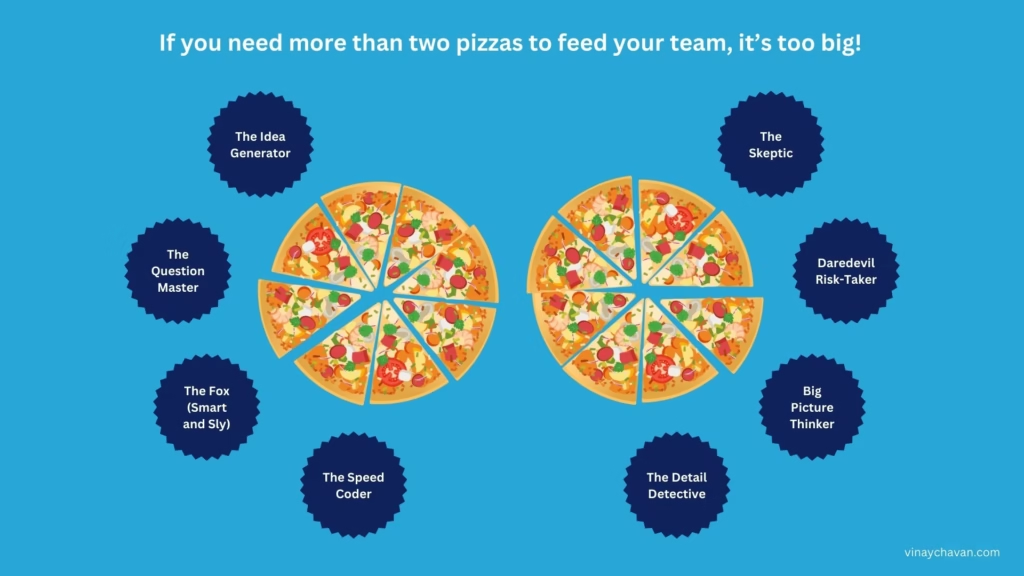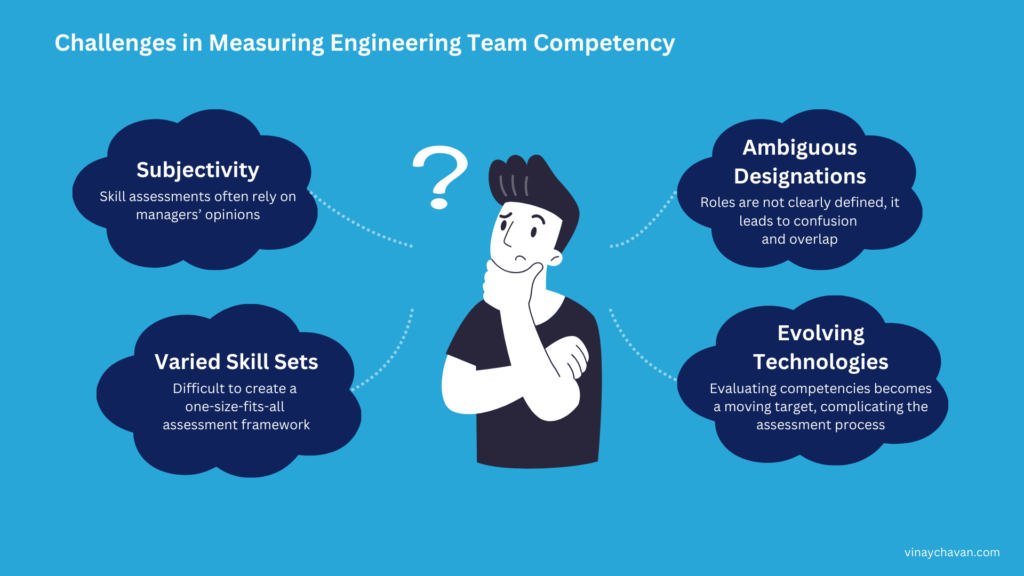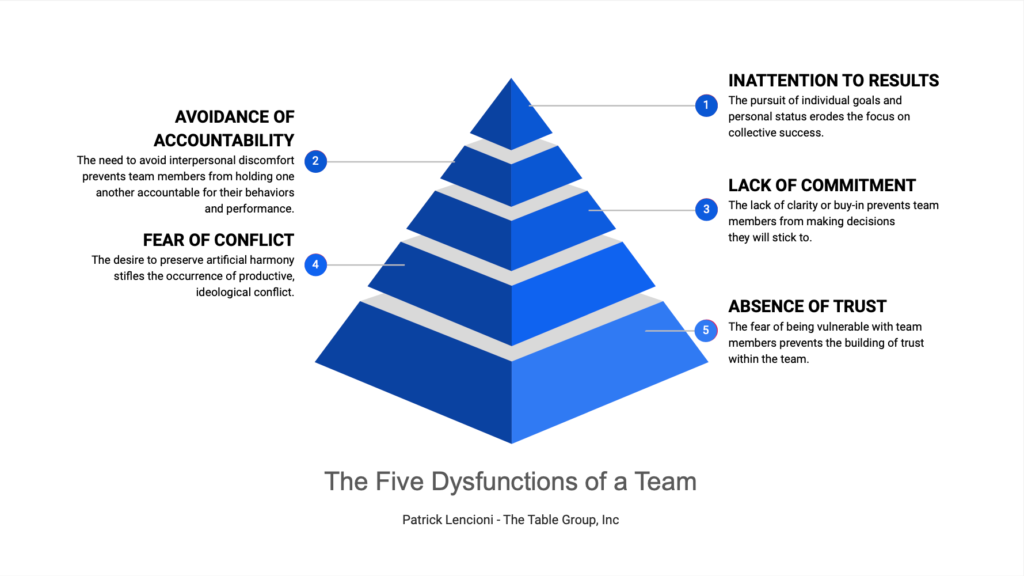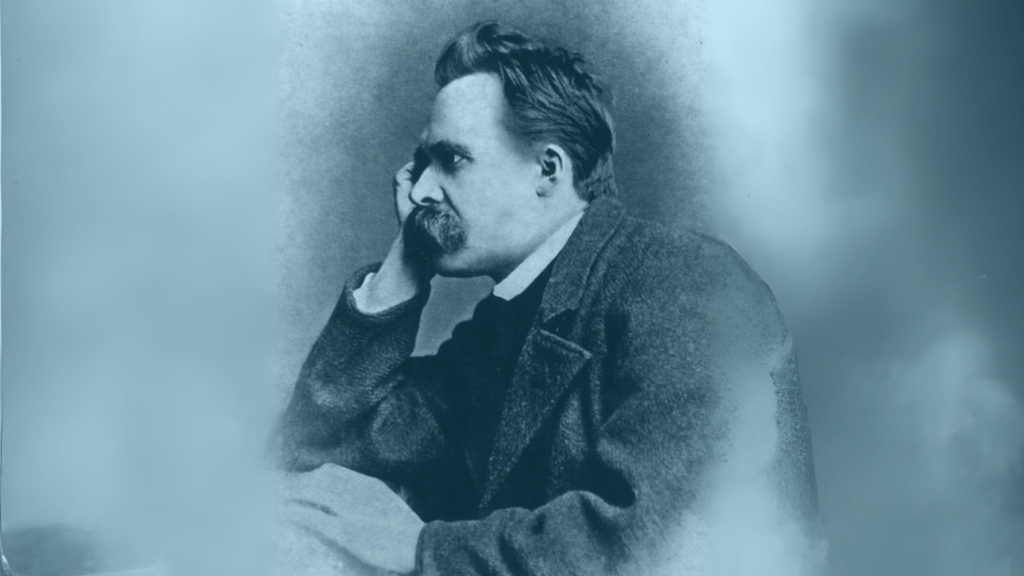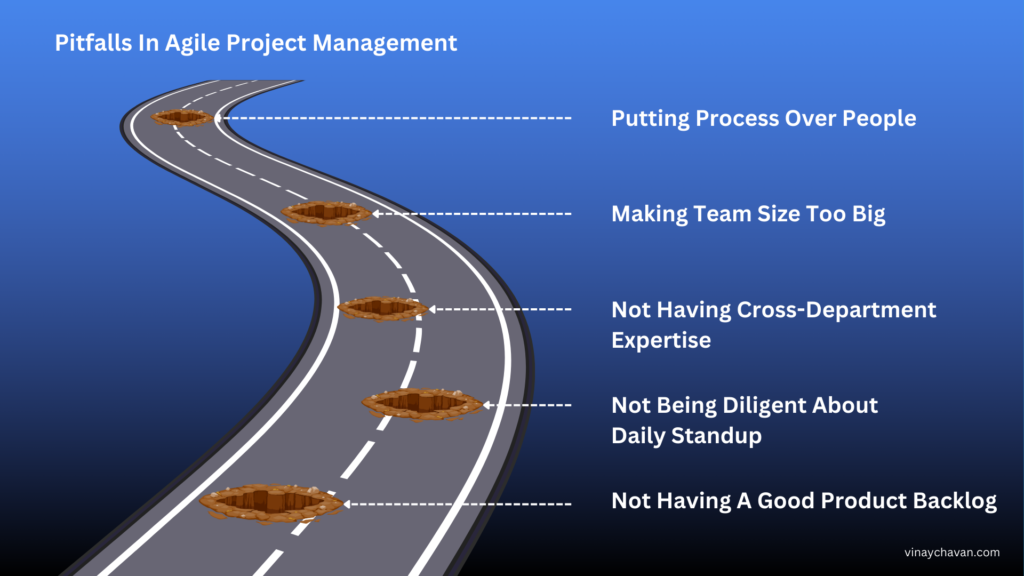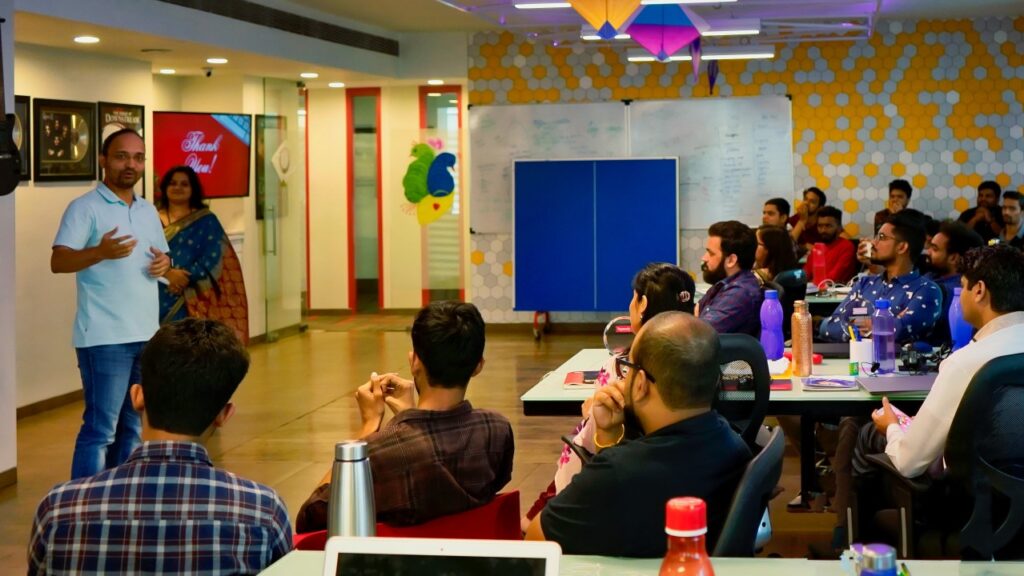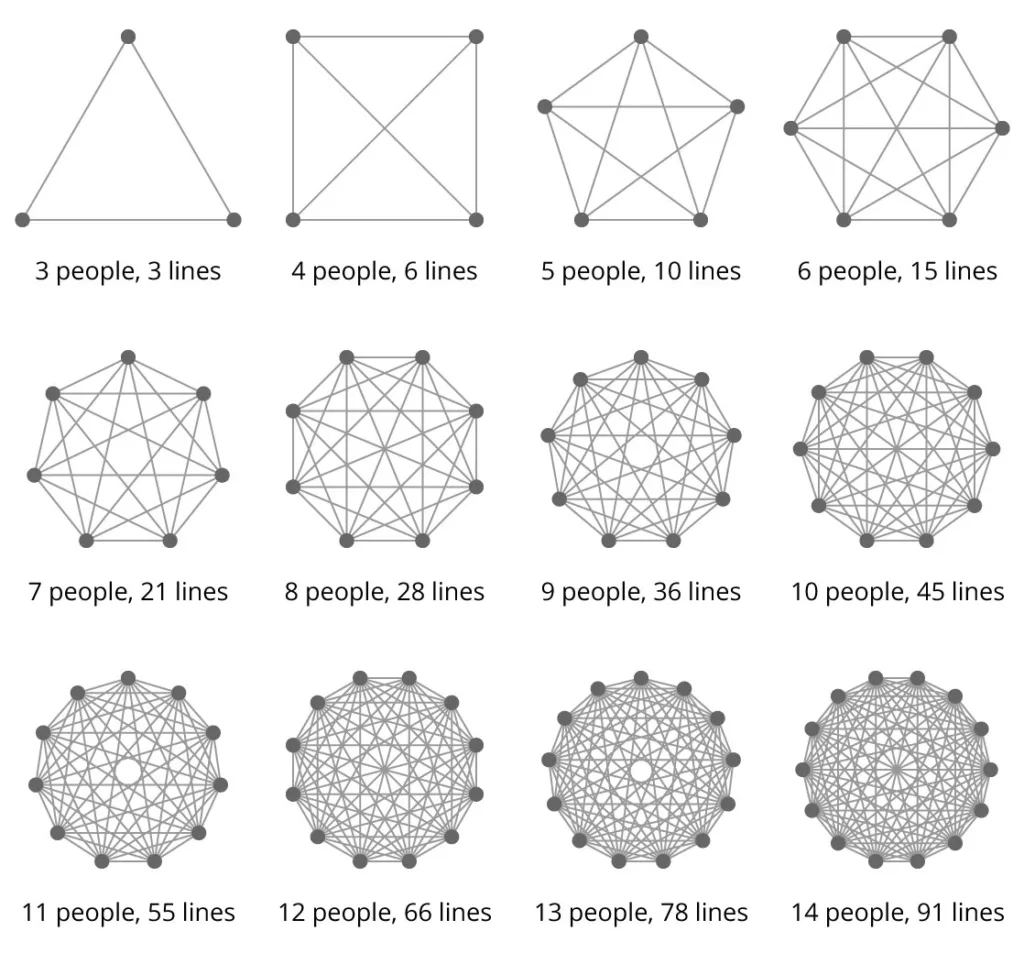Process Accountability Framework
A while back, I had a candid conversation with a former colleague about a pervasive and frustrating challenge we’d both encountered: how accountability often gets obscured amid complex processes. We noticed that when projects falter—missing deadlines or exceeding budgets—the blame tends to cascade downward through the organization. This downward flow of blame not only impedes progress but also breeds frustration at the top management level, eroding trust and disengaging teams along the way. From that discussion, we brainstormed ways to fundamentally improve accountability across processes. The result was an idea I call the Process Accountability Framework (PAF). In today’s fast-paced…
